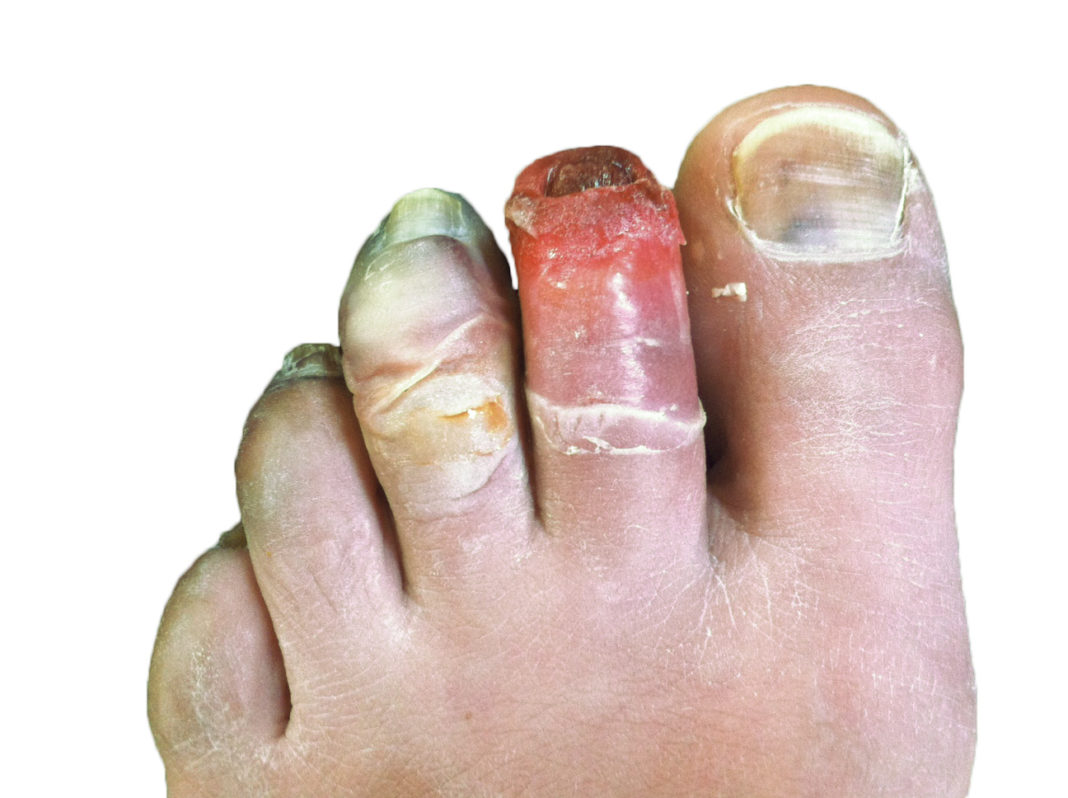As temperatures continue to plummet in the Midwest and the region struggles to help residents survive the historic polar vortex, it’s important to be conscious of how the deep freeze can impact our skin health. Here are some conditions to be aware of in dangerously low temperatures.
Winter rashes. The skin can become dry when exposed to cold temperatures, low humidity, and intense winds. These weather changes can cause the skin to lose its natural oils that keep moisture contained, making our skin swell, itch, blister, and redden. Many people who live in extremely cold climates are likely familiar with winter rashes, but people with a previous history of eczema, rosacea, dermatitis, asthma, and allergies might be more susceptible to the rash than others.
Cold urticaria. Spending just a short amount of time in the cold can cause cold urticaria symptoms, a somewhat mysterious condition that could be triggered by sensitive skin cells, hereditary trait, or illness. Symptoms include temporary hives and swelling of hands and lips. Symptoms can get aggravated when the skin comes in contact with warmth.
Frostbite. Underlying tissues can be affected by icy weather and cause the skin to redden and blister, which are symptoms known as frostbite. Frostbite won’t permanently damage the skin, but if left untreated, it can turn the skin white or bluish gray and leave the body numb and cause the joints and muscles to stop working.





